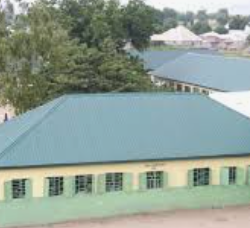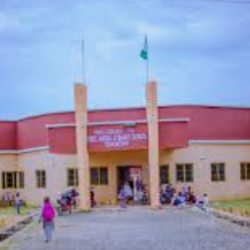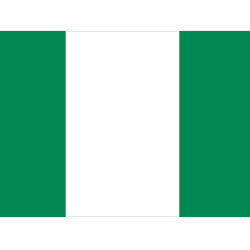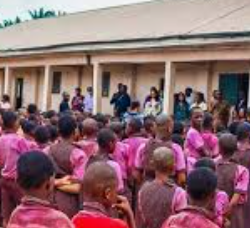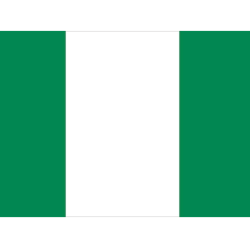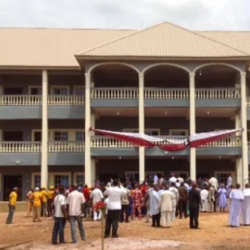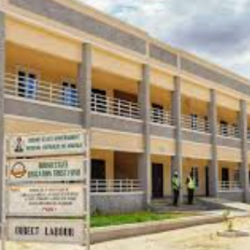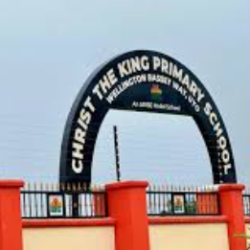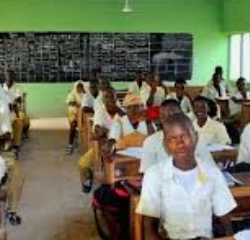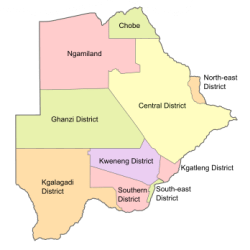Secondary education in Nigeria plays a crucial role in shaping the academic and professional future of students. It serves as the midpoint between primary and tertiary education, equipping students with the necessary skills and knowledge for higher education or vocational training.
This detailed analysis explores the historical background, structure, curriculum, importance, challenges, and examination systems governing secondary education in Nigeria.
1. Definition and Importance of Secondary Education in Nigeria
Secondary education in Nigeria is the formal stage of education that comes after primary education and before tertiary education. It is designed for students between the ages of 11 to 17 and serves as a training ground for future professionals in various fields.
Why Secondary Education Matters:
- Provides foundational knowledge and critical thinking skills.
- Prepares students for higher education and specialized career paths.
- Enhances students’ social and leadership skills.
- Develops a student’s ability to adapt to different fields of study.
- Encourages technological, scientific, and vocational development.
2. Historical Evolution of Secondary Education in Nigeria
Pre-Independence to 1982 (The 5-Year System)
Before Nigeria gained independence in 1960, secondary education lasted for five years. After completing this period, eligible students proceeded to a two-year Higher School Certificate (HSC) program, which qualified them for university education.
This system followed a 3+2 structure:
- Three years of junior secondary education.
- Two years of senior secondary education.
However, the education system underwent major reforms after independence.
Post-1982 Reform (Introduction of the 6-Year System)
In 1982, recognizing the need to improve education, especially in science and technical subjects, the Nigerian government extended secondary education to six years. The goal was to expand the curriculum to better prepare students for the demands of the modern world.
This reform introduced the 6-3-3-4 system:
- 6 years of primary education
- 3 years of junior secondary education
- 3 years of senior secondary education
- 4 years of university education (or more, depending on the course).
This system remains the standard in Nigeria today.
3. Structure of Secondary Education in Nigeria
The secondary education system is divided into two stages:
A. Junior Secondary School (JSS) – 3 Years
- Designed for students aged 11 to 14.
- Provides basic and general education in subjects such as English, Mathematics, Social Studies, and Introductory Science.
- At the end of JSS3, students take the Basic Education Certificate Examination (BECE).
- Continuous assessment is used to evaluate student performance.
- Students are categorized into academic or vocational paths based on performance.
B. Senior Secondary School (SSS) – 3 Years
- Designed for students aged 15 to 17.
- Students specialize in science, arts, or commercial subjects.
- At the end of SSS3, students sit for the Senior Secondary Certificate Examination (SSCE), which is a requirement for university admission.
- Two national examination bodies conduct this exam:
- West African Examination Council (WAEC).
- National Examination Council (NECO).
4. Curriculum and Subjects in Secondary Education
The curriculum of Nigerian secondary schools is divided into core and elective subjects, ensuring students receive broad and balanced education.
Core Subjects (Compulsory for All Students)
- English Language
- Mathematics
- Civic Education
- One major Nigerian language (Hausa, Yoruba, or Igbo)
- Biology
- Computer Studies
Specialized Subjects (Based on Field of Study)
- Science Students:
- Chemistry
- Physics
- Agricultural Science
- Further Mathematics
- Arts Students:
- Literature in English
- Government
- History
- Christian Religious Studies (CRS) or Islamic Religious Studies (IRS)
- Commercial Students:
- Economics
- Commerce
- Accounting
- Business Studies
- Technical/Vocational Subjects:
- Home Economics
- Technical Drawing
- Automobile Engineering
- Entrepreneurship
This structure ensures that students specialize in their chosen field while gaining general knowledge in other subjects.
5. Examination and Certification System in Nigerian Secondary Schools
At the end of the secondary school cycle, students take national standardized exams to qualify for further education.
A. Basic Education Certificate Examination (BECE) – After JSS3
- Conducted to assess students before they enter senior secondary school.
- Subjects tested include Mathematics, English, and Social Sciences.
B. Senior Secondary Certificate Examination (SSCE) – After SSS3
Students take either of these two major exams:
- West African Examination Council (WAEC):
- Conducts the West African Senior Secondary Certificate Examination (WASSCE).
- Recognized internationally.
- Used for university admission within and outside Nigeria.
- National Examination Council (NECO):
- Conducts a similar SSCE examination.
- Focuses on Nigeria’s education policies.
Both WAEC and NECO certificates are accepted for university admission. However, some students prefer WAEC due to its wider international recognition.
6. Challenges Facing Secondary Education in Nigeria
Despite its importance, secondary education in Nigeria faces several challenges:
A. Poor Infrastructure
- Many public schools lack adequate classrooms, libraries, and laboratories.
- Overcrowding is common due to inadequate school buildings.
B. Inadequate Funding
- Government funding for education is often insufficient.
- Many schools struggle with teacher salaries and resources.
C. Examination Malpractice
- Cheating, bribery, and certificate forgery are common issues.
- Some schools and students engage in illegal practices to pass exams.
D. Teacher Shortages and Quality Issues
- Many teachers are underqualified or lack motivation due to poor salaries.
- There is a shortage of qualified science and technical teachers.
E. Inconsistent Government Policies
- Frequent policy changes affect curriculum stability.
- Some reforms are not effectively implemented.

7. Future of Secondary Education in Nigeria
To improve secondary education, the government must:
- Invest in infrastructure to provide better school facilities.
- Increase teacher salaries to attract qualified professionals.
- Enhance curriculum development to match modern job market needs.
- Implement stricter laws to curb examination malpractice.
- Promote vocational education to reduce reliance on white-collar jobs.
If these measures are implemented, secondary education in Nigeria will produce more competent graduates, helping to drive national development.
